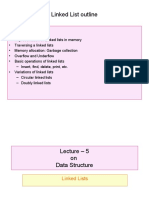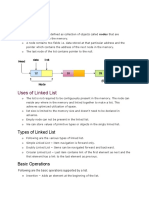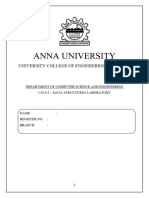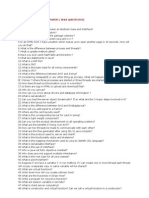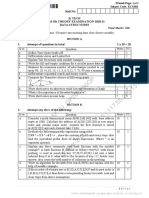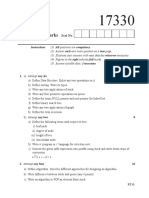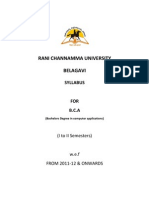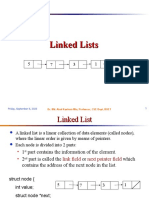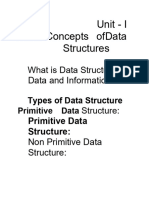0% found this document useful (0 votes)
7 views16 pagesDsa Linked List
The document provides an overview of linked lists, highlighting their dynamic nature compared to static arrays, and detailing their structure, including nodes that contain data and links. It describes different types of linked lists (singly, circular, and doubly linked), their memory representation, and various operations such as insertion, deletion, and searching. Additionally, it outlines algorithms for these operations and discusses the advantages and disadvantages of circular linked lists.
Uploaded by
aish2006.comCopyright
© © All Rights Reserved
We take content rights seriously. If you suspect this is your content, claim it here.
Available Formats
Download as PDF, TXT or read online on Scribd
0% found this document useful (0 votes)
7 views16 pagesDsa Linked List
The document provides an overview of linked lists, highlighting their dynamic nature compared to static arrays, and detailing their structure, including nodes that contain data and links. It describes different types of linked lists (singly, circular, and doubly linked), their memory representation, and various operations such as insertion, deletion, and searching. Additionally, it outlines algorithms for these operations and discusses the advantages and disadvantages of circular linked lists.
Uploaded by
aish2006.comCopyright
© © All Rights Reserved
We take content rights seriously. If you suspect this is your content, claim it here.
Available Formats
Download as PDF, TXT or read online on Scribd
/ 16





















